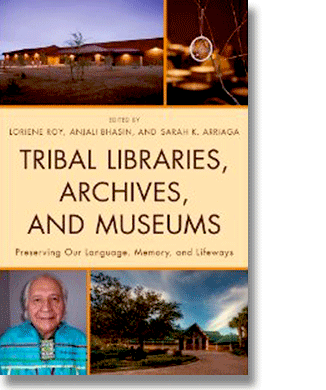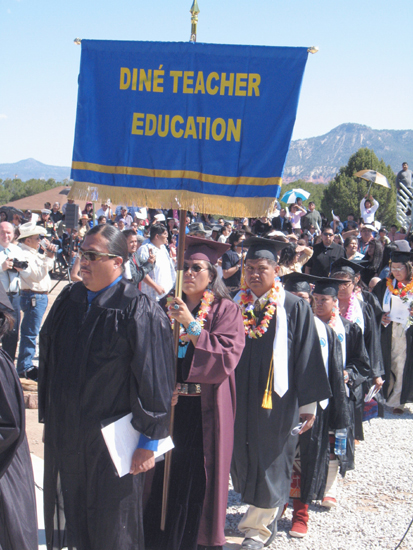 At last! The chapter I authored three years ago for the book, Tribal Libraries, Archives, and Museums: Preserving Our Language, Memory, and Lifeways, edited by Loriene Roy, is now in print!
At last! The chapter I authored three years ago for the book, Tribal Libraries, Archives, and Museums: Preserving Our Language, Memory, and Lifeways, edited by Loriene Roy, is now in print!
From the book description:
Hundreds of tribal libraries, archives, and other information centers offer the services patrons would expect from any library: circulation of materials, collection of singular items (such as oral histories), and public services (such as summer reading programs). What is unique in these settings is the commitment to tribal protocols and expressions of tribal lifeways—from their footprints on the land to their architecture and interior design, institutional names, signage, and special services, such as native language promotion.
My chapter, “Empowering Indigenous Students in the Learning Library,” describes beginning steps in creating a culturally relevant information literacy program at Diné College.
Diné College is the Navajo tribal college, and the first tribal college to be established. In 2008 we celebrated its fortieth anniversary.
During my four years there, the Diné College Library made a giant leap across the Digital Divide and into the 21st century—thanks to its visionary leaders, David Hurley (College Librarian) and David Stevick (Shiprock Librarian). They created my job (Instruction/Distance Services Librarian) in order to bridge the daunting distances between the College’s teaching centers in northern Arizona. I drove a circuit of nearly 500 miles (including Tsaile, Window Rock, Ganado, Chinle, Kayenta, and Tuba City) to teach students, faculty, and staff at the distant centers how to use the library online, how to request books to be sent for them to check out at the centers, and how to be digitally literate citizens of the world. At the time, no other tribal college library had a comparable position, so I was breaking new ground.
When I arrived, my boss (who was already overextended with overseeing the public, technical, information technology, and building maintenance operations for three libraries located in two states) told me that he could offer me little more than a college vehicle and a map. The rest was up to me.
I hope that some of my struggles, lessons learned, insights, and successes will encourage and empower other tribal college librarians charged with teaching information literacy. It was an unforgettable honor to take part in educating a generation of Diné College’s 21st century warriors. A number of my students appear in this video from the American Indian College Fund:

